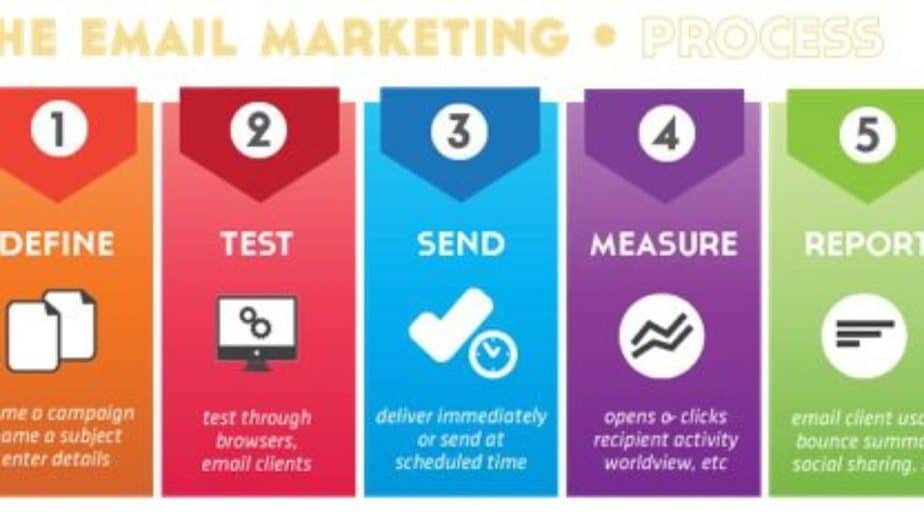Email marketing is a game-changer for businesses looking to connect with their audience, increase conversions, and build brand loyalty. However, crafting high-quality email content requires a smart strategy. If done right, email marketing can boost your engagement and revenue significantly. Here’s how to create compelling emails that drive results.
1. Understand Your Audience
The key to effective email marketing is knowing your audience inside out. Segment your email list based on demographics, behavior, and preferences to send personalized messages that resonate. Want to refine your targeting strategy? Check out our Social Media Marketing services for expert guidance.
2. Write Engaging Subject Lines
Your subject line is your first impression—make it count! Keep it short, clear, and enticing to encourage opens. Personalized subject lines have higher open rates, so use the recipient’s name or mention a past interaction. Need help crafting click-worthy subject lines? Explore our Content Writing services.
3. Keep Your Email Content Concise & Value-Packed
No one likes reading long, boring emails. Keep your email content short, scannable, and action-driven. Use bullet points, short paragraphs, and a conversational tone to maintain engagement. Looking to create high-converting email campaigns? Our Email Marketing strategies can help.

4. Use Strong Calls-to-Action (CTAs)
Your email should guide readers towards taking action. Whether it’s “Buy Now,” “Sign Up,” or “Learn More,” make sure your CTA is clear and compelling. A well-placed call-to-action can increase your conversion rates dramatically. Need expert guidance? Our SEO Services can help optimize your strategy.
5. Optimize for Mobile Users
With over 50% of emails opened on mobile devices, your emails must be mobile-friendly. Use responsive templates, concise subject lines, and buttons that are easy to tap. Want a mobile-optimized website? Check out our Website Development services.
6. Personalization & Automation Boost Conversions
Gone are the days of generic email blasts. Personalization increases engagement by making emails feel more relevant. Use the recipient’s name, suggest products based on past purchases, and trigger automated emails for better results. Need help with automation? Our Paid Ads experts can fine-tune your strategy.
7. Maintain a Consistent Brand Voice
Your email content should reflect your brand personality. Whether professional, friendly, or playful, consistency builds trust and recognition. Want to strengthen your brand voice? Learn more on our About Us page.
8. Add Internal Links to Boost Engagement
Adding internal links improves SEO, increases click-through rates, and enhances the user experience. For example, if you’re targeting local customers, check out our Local SEO services to boost your presence.
9. Track Performance & Improve Continuously
Email marketing is a data-driven strategy. Monitor open rates, click-through rates, and conversions to refine your approach. A/B test different elements to optimize performance. Want to enhance your campaigns? Our Pay-Per-Click services offer expert insights.
Final Thoughts
By implementing these email marketing best practices, you can create high-performing email content that boosts engagement and sales.
🚀 Ready to supercharge your email marketing? Contact Social Media Max today and let our experts help you maximize your results!
